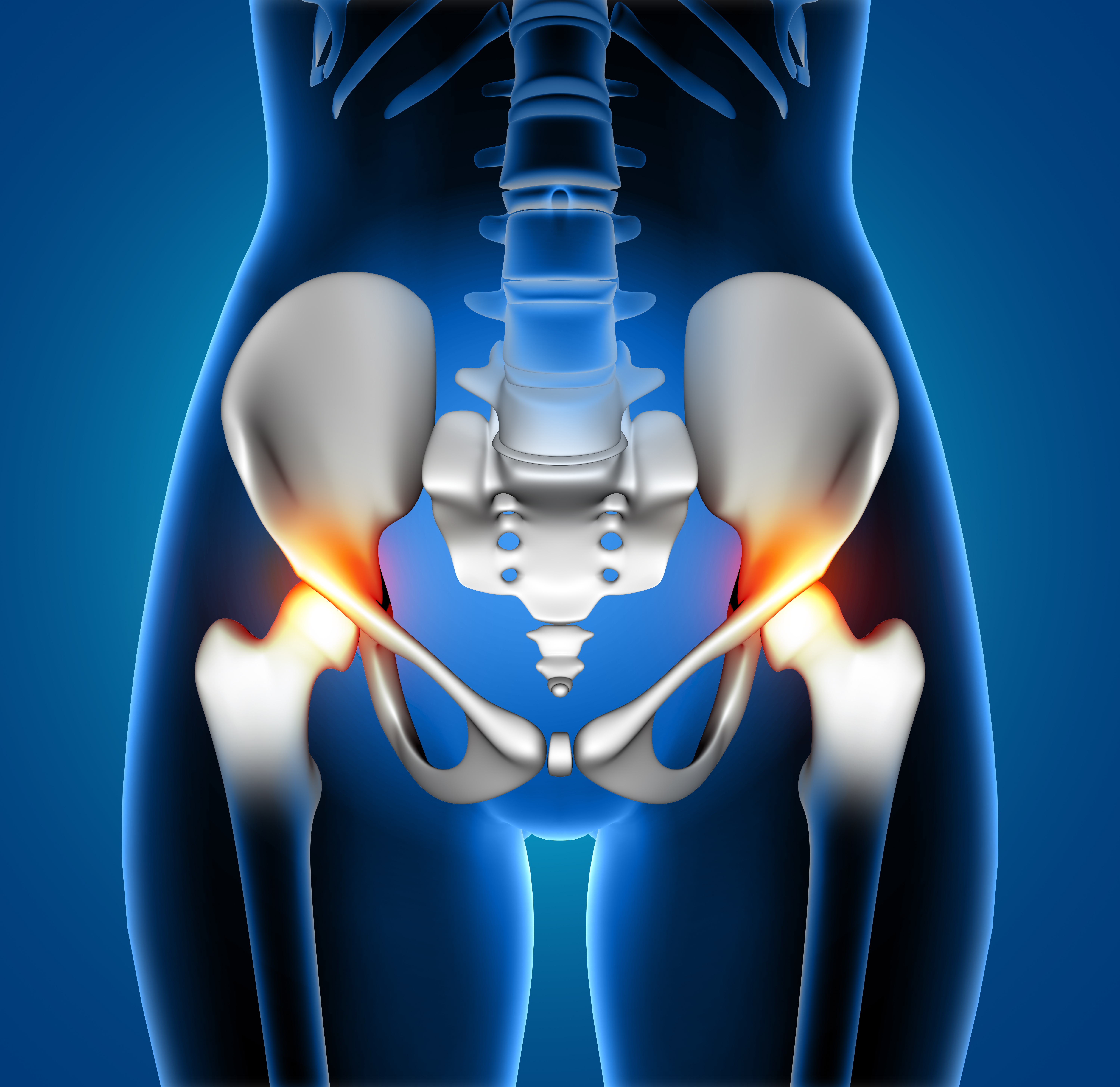


The meniscus is a specialized fibrocartilagenous structure present between femur(thigh bone) and tibia(shin bone). It acts as a shock absorber between the two bones. It is thicker where it attaches to the lining of the joint and thinner toward the middle of the joint. If you made a cut across it, the meniscus would be triangular or pie shaped.
The meniscus can tear in a number of ways. Tears can result from a sudden twisting-type injury or can occur gradually with age. The tear can be through either the outer thick part or inner thin part. Some tears involve only a small portion of the meniscus, while in others nearly the entire meniscus can be involved.
Meniscus tears can cause symptoms from portions of the torn fragments getting stuck or pulled in between the bones as the knee moves. This can cause snapping or popping, locking, pain, and swelling. If it’s a minor tear then they get better by rest ,ice and physiotherapy. Not all meniscus tears cause problems, but when they do then surgery is required.
Meniscus tears can be surgically managed by arthroscopy where keyhole incisions are made in the knee joint through which arthroscope and instruments are inserted into the knee joint and either trimming of the torn meniscus or repair is done. Central portion of meniscus have poor blood supply and results of repair are poor.Arthroscope can be used to trim out the piece which is torn. Only the portion which is torn is removed. This is known as partial Menisectomy.
The patient can walk from the same evening of the surgery. Initially the patient is advised to walk with a brace and a walking cane. Strengthening and range of motion exercises for the knee are started from the next day. The patient is discharged from the hospital 2nd or 3rd day after surgery. The patient can walk without support by 10-14 days depending on muscle strengthening. Slow Jogging and other strenuous activities are permitted after 3 months and the patient can return to active sports only 8-9 months after surgery.
The ability of a meniscus tear to heal depends primarily on its blood supply. The outer or thicker part of the meniscus receives a fairly good blood supply from the lining of the joint, whereas the inner or thin part has a poor blood supply. Thus, tears at the outer margin of the meniscus are more amenable to successful repair which can be done by placing sutures across the tear by arthroscopic techniques. If the tear is in the thin part, the cartilage will not heal and the torn fragment is typically excised. Old or chronic tears also tend to have a poorer success rate with repair and are typically trimmed out as well.